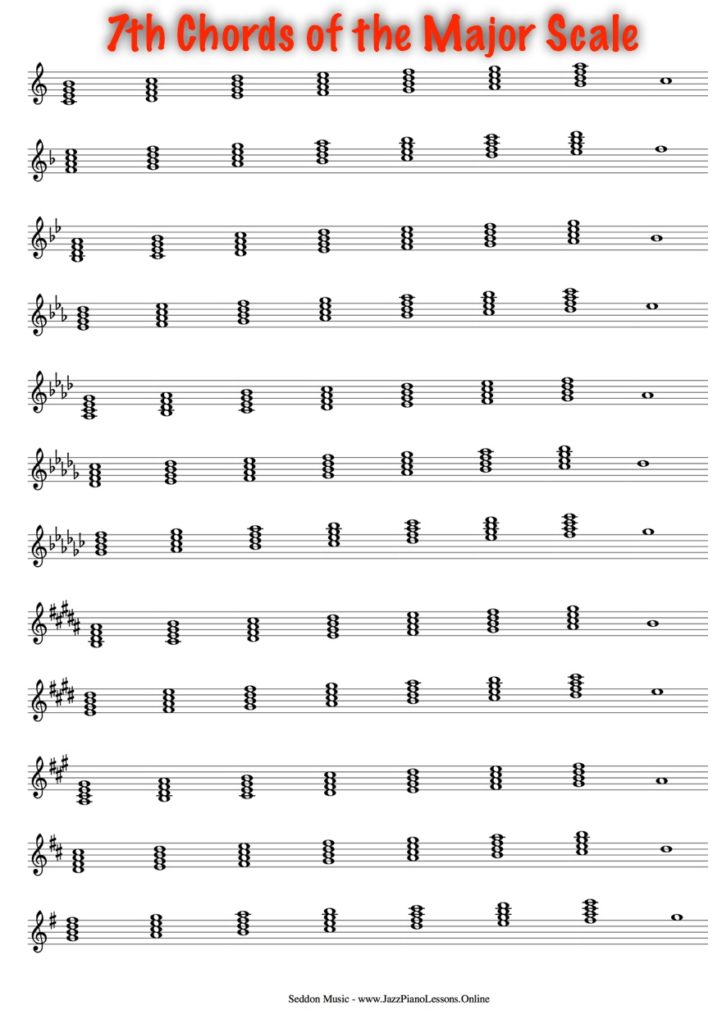
In the G major scale, you would also learn the E minor scale. By doing so, you’ll also perfect other scales. I always recommend practicing all scales by starting on each of the notes and running it up the octave instead of only practicing root to octave. The Em scale runs E, F#, G, A, B, C, D, and E (octave). The G diatonic major scale seven notes are as follows: G, A, B, C, D, E, F#, and G (octave).Īs you study this scale, you will figure out the alternative scales to G major that use the same notes.įor example, the relative minor key of G major is E minor. Along with the piano, it’s likely easiest to play it on the guitar. It’s used in various genres, from country to metal, and you can play it on any instrument. The G major scale is one of the most common scales in music. By doing so, you’ll understand each note in the scale and continue your mastery of the fretboard. Additionally, the G chord is one of the first chords you learn on guitar - and if you know the chord, you’ll quickly pick up learning the scale.Īny major scale - including the G major scale - can be perfected by practicing the various patterns I will lay out in this article. The G major scale is one of the first scales you learn on your lifelong guitar journey.Īlong with C major, G major is one of the easier scales to learn because there is only one sharp note (F#), and many popular songs are written in the key. Once you’ve memorized this scale, try moving it up a fret, and you’ll soon be playing the Ab Major scale.Twitter Facebook LinkedIn Buffer Email Reddit Telegram WhatsApp Check out the tabs and instructional video below:ģ-Octave G-Major Scale (Ascending) 3-Octave G-Major Scale (Descending) That’s an easy short-term fix that will end up hurting you in the end. Go slow and never rely on your left hand index finger to press down all the notes. Once you memorize the 3-octave G Major scale you’ll be able to use the same finger patterns for any other major scale. It’s important that you follow fingering instructions here. Start on the 6th string, 3rd fret with your middle finger.
ALL CHORDS IN G MAJOR SCALE HOW TO
Taking the time to master the 3-octave G Major scale will essentially teach you how to play major scales anywhere on the guitar. The pattern of frets that are played in a G Major scale contain the same exact pattern behind every other major scale on the guitar. Having a working knowledge of how to build scales can give a student an important window into how music theory works and why it’s important.


Important technical skills like alternate picking and left hand fingering are taught and reinforced when a guitar player takes the time to memorize scales. Memorizing scales will help musicians improvise, craft melodies, and improve ear training. Scales allow a musician to explore and memorize which notes fit within a key. These newly-built connections have massive positive effects on your ability to press down on frets, thus improving your tone. Scales boost muscle memory by forging powerful connections between your brain and your fingers. So, if you’re learning how to play guitar why should you take the time to learn scales? For a complete beginner, scales like the 3-octave G Major scale can also seem really difficult to learn-if they’re taught wrong, that is. After all, a scale isn’t a chord that you can play in a song. If you’re new to the guitar, the idea of learning how to play scales might seem like a waste of time.


 0 kommentar(er)
0 kommentar(er)
